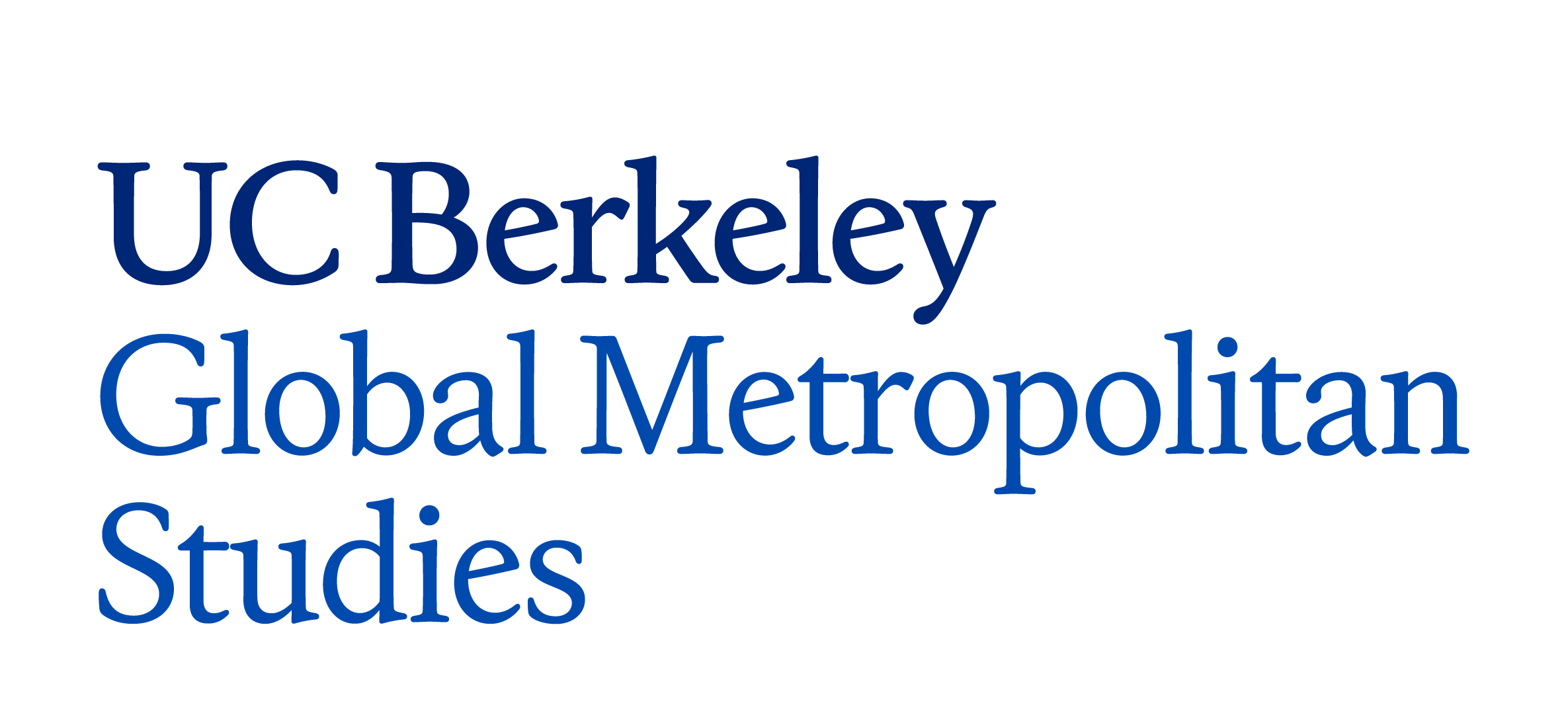-
“Smart City” Technology Adoption in California
This project, joint with Karen Frick (City & Regional Planning) documents the adoption of “smart city” technologies by service providers in California. These technologies potentially allow cities, counties, infrastructure agencies, and private service providers to manage their assets more effectively or sustainably, and make services more accessible. They can also raise concerns about privacy and…
-
Global City-Twinning in the Digital Age
How can twin city arrangements benefit the sister cities? GMS Executive Committee member Professor Michel Laguerre explores diverse contemporary models of cross-border city-to-city entanglements with a view to promoting friendship, border management, entrepreneurialism, urban development, transnational municipal policy, and digital embeddedness. In his new book, Global City-Twinning in the Digital Age (University of Michigan Press, 2020), Professor Laguerre…
-
Social Vulnerability and Risk: Water Infrastructure and Earthquake Hazard in Mexico City
Centered on two peripheral communities (San Gregorio, Xochimilco and Colonia del Mar, Tláhuac) this study contributes to existing research on disaster risk reduction by looking at community-led, grassroots resilience efforts going on in places operating in the periphery of officially sanctioned programs, where communities don’t experience the same quality of water infrastructure or disaster mitigation…
-
Assembling Urban Resilience in Miami
How might various financial technologies—insurance premiums, credit ratings, and bonds—be (re)made to govern cities in an era of climate change? And how might these technologies, along with the physical interventions they have inspired, become sites of intense political, and hyper-local, debate about what life in the climate-changed city should look like? Over the month of…
-
A study of ridehailing programs for passengers with disabilities in Boston and NYC
Paratransit services in the United States have long provided a vital form of transportation for people with disabilities who are unable to use traditional public transit. However, coverage and high costs have remained key challenges for transportation agencies, and service levels are often limiting for riders. Innovations in the transportation sector, such as e-hailing services,…
-
“Urbanizing” the hinterland: agriculture-led urbanization in the Brazilian Midwest
In the past twenty years, some small- and mid-sized cities in interior states of Brazil grew at significantly higher rates than metropolitan areas in the coast, a process that was anchored by the expansion of export-oriented farming. At the same time, the national City Statute (2001) established the requirement that every town with more than…
-
Constructing Alternative Politics: Emerging Memberships and Identities in Mexico City’s New Urban Peripheries
My dissertation research is situated in contemporary explorations of urban social movements, infrastructure, and citizenship, as well as classical anthropological inquiries of everyday life to understand how citizens cobble together a political consciousness in response to precarious urban conditions. I draw upon contemporary discussion of how the production of the city engenders different political formations,…
-
Planning for the Future of California Salt Marshes
Developing the San Francisco Bay area from a provincial town in the 1800s to a modern metropolis came at the price of destroying 95 percent of the Bay’s coastal wetlands. Since the environmental movement in the 1970s, more than eighty coastal wetlands in the Bay have been restored in some manner. We protect wetlands because…
-
The rise of new political actors in Brazilian peripheries: The effects on space, politics, and planning
Traditionally, cities in the Global South have primarily developed by a production of space referred to by some as peripheral urbanization. In this mode of production, residents are active agents in city making, building their own houses and neighborhoods over time. Among the critical outcomes of this process is the emergence of politically engaged and…
